Optimal Timing for Masonry Repairs
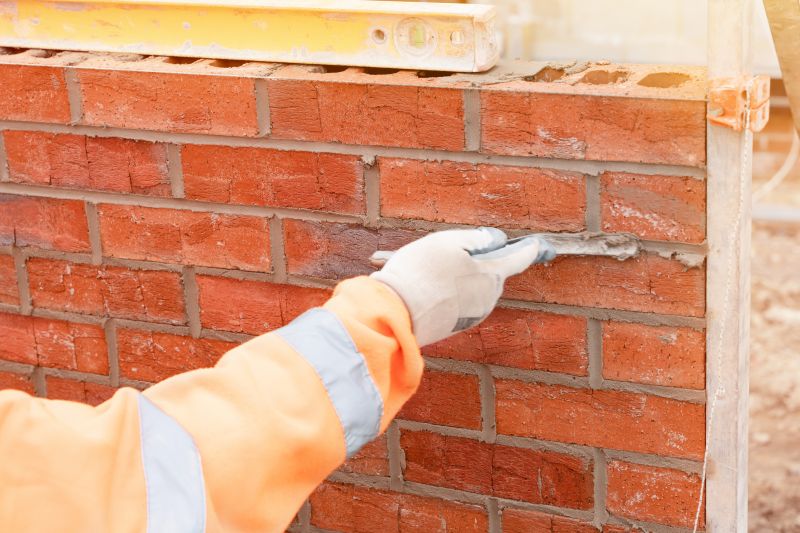
Masonry repairs are best performed during dry weather to ensure proper curing and adhesion.

Optimal temperatures range between 40°F and 85°F, avoiding extreme heat or cold that can affect materials.

Low humidity reduces the risk of moisture-related issues during and after repairs.
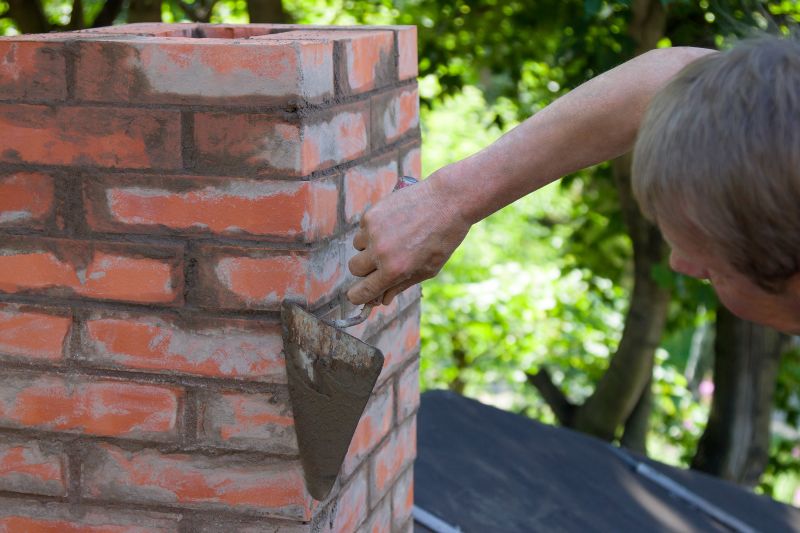
Ways to make Masonry Repairs work in tight or awkward layouts.
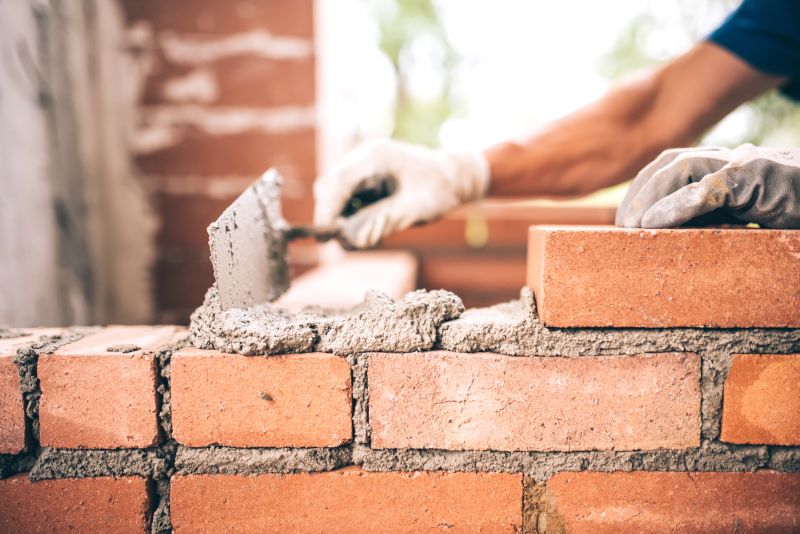
Popular materials for Masonry Repairs and why they hold up over time.
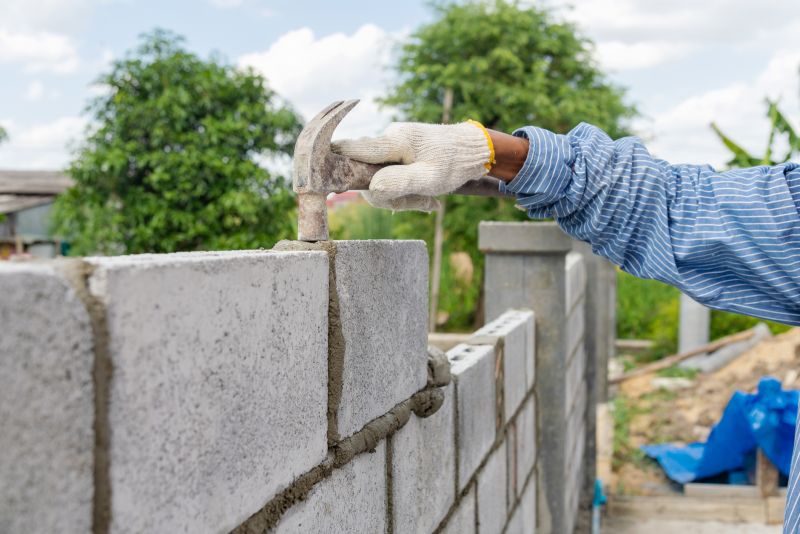
Simple add-ons that improve Masonry Repairs without blowing the budget.
Masonry repairs involve restoring and maintaining brick, stone, and concrete structures. Proper timing is crucial to ensure the longevity and effectiveness of repairs. Weather conditions significantly influence the success of masonry work, with dry, mild periods being ideal. Repairing during unsuitable weather can lead to issues such as improper curing, cracking, or reduced adhesion, which may compromise the structure's integrity.
Statistics indicate that masonry repairs conducted in favorable weather conditions tend to last longer and require fewer follow-up interventions. For example, repairs done during optimal seasons have shown a 30% reduction in failure rates compared to those performed during adverse weather. Planning repairs during suitable times can also reduce costs associated with rework and material wastage.
Avoid repairing during freezing temperatures or heavy rainfall to prevent material failure.
Spring and early fall are generally preferred for masonry repairs due to mild weather conditions.
Allow sufficient curing time based on weather conditions for optimal results.
Timing repairs appropriately enhances the durability of masonry structures.
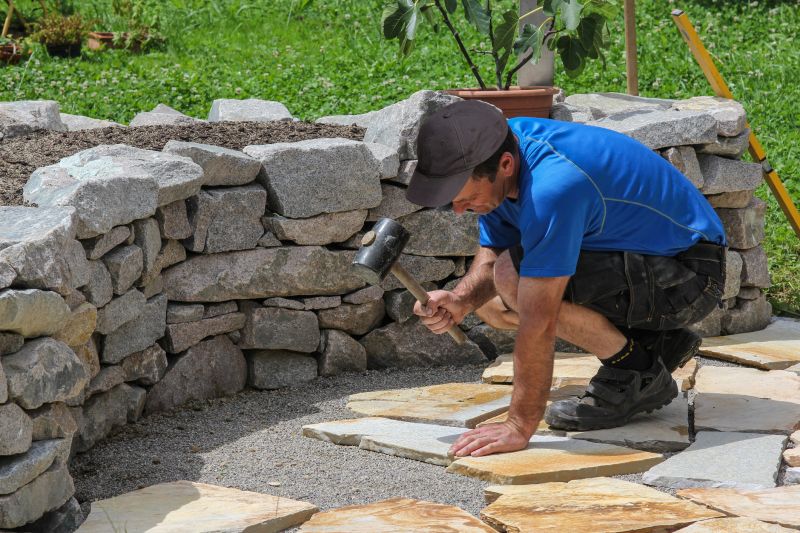
Workers applying mortar during suitable weather ensures strong bonds.
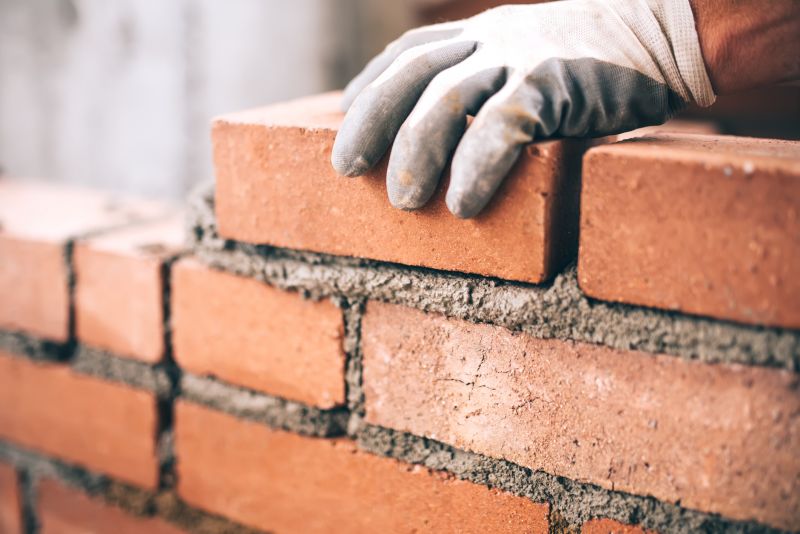
Masonry work in dry weather prevents moisture issues.
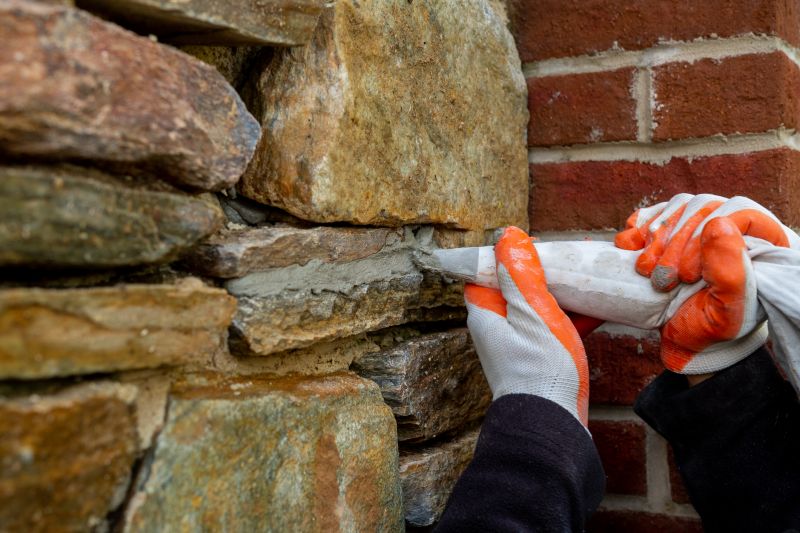
Using temperature-controlled curing methods enhances longevity.
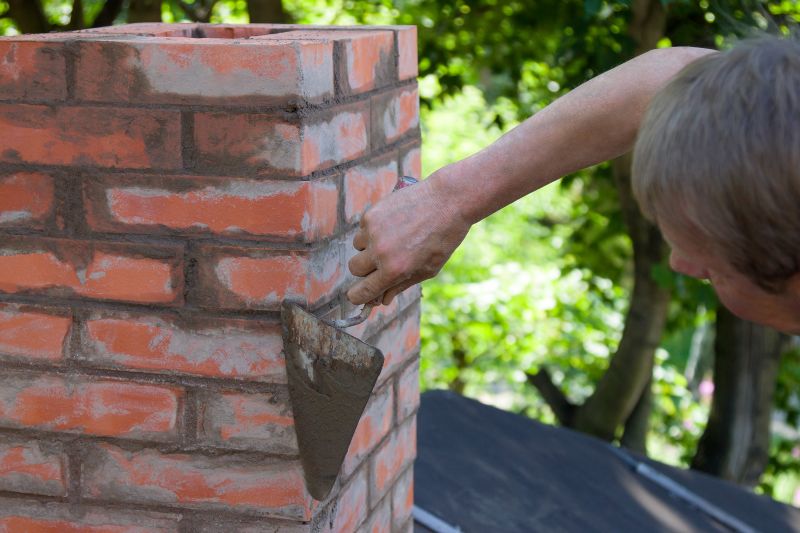
Regular inspections during ideal seasons help maintain structural integrity.
| Ideal Repair Conditions | Notes |
|---|---|
| Dry weather | Ensures proper curing and adhesion. |
| Temperatures between 40°F and 85°F | Avoids thermal stress on materials. |
| Low humidity | Reduces moisture-related issues. |
| No frost or freezing temperatures | Prevents damage from ice formation. |
| Stable weather forecast | Minimizes disruptions during work. |
| Spring or early fall | Optimal seasons for masonry work. |
| Avoid heavy rain or snow | Prevents washout and water infiltration. |
| Moderate wind conditions | Reduces dust and debris interference. |
Selecting the appropriate time for masonry repairs can significantly impact the durability and appearance of the finished work. Proper weather conditions promote effective bonding of materials and reduce the risk of future issues. Planning repairs around favorable weather windows ensures long-lasting results and minimizes the need for additional corrective work.
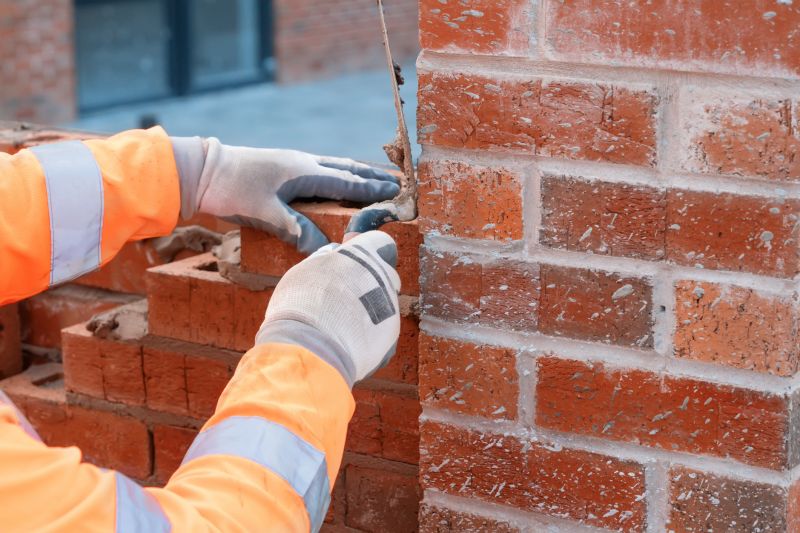
Repair work under optimal weather conditions ensures quality results.
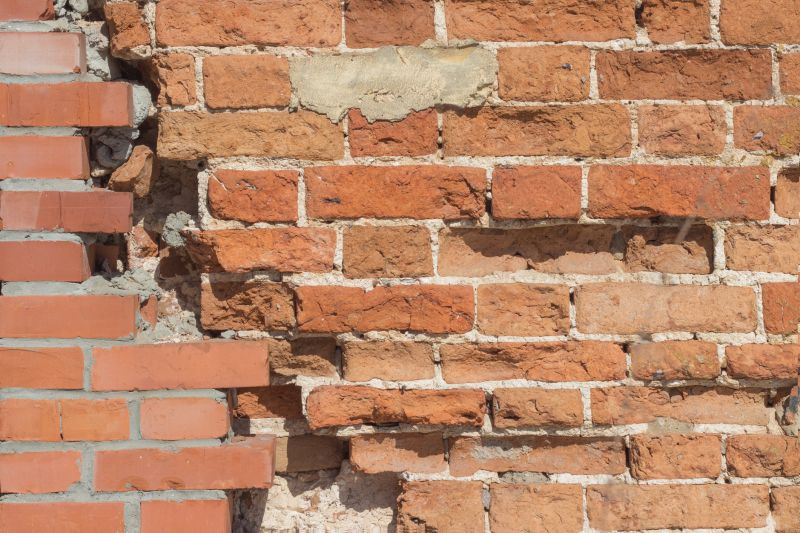
Consistent weather conditions facilitate effective curing of mortar.

Regular assessments during suitable periods help maintain masonry integrity.
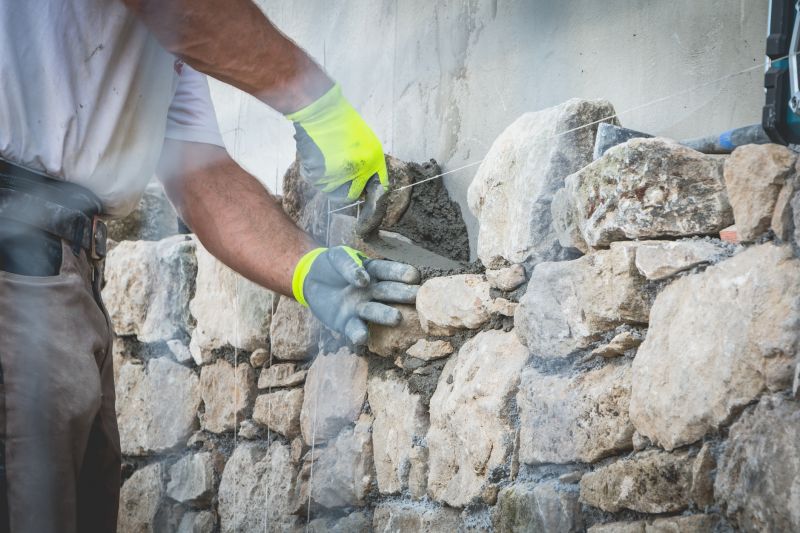
Finished work in favorable weather conditions ensures longevity.
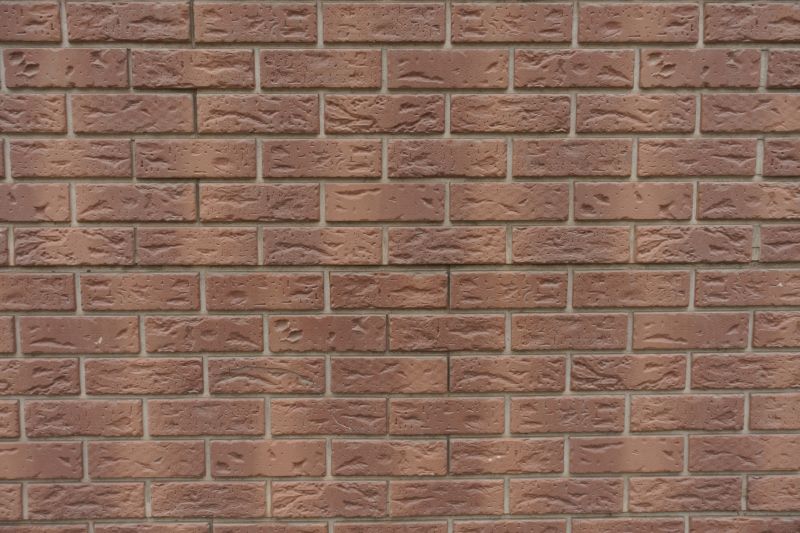
High-end options that actually feel worth it for Masonry Repairs.
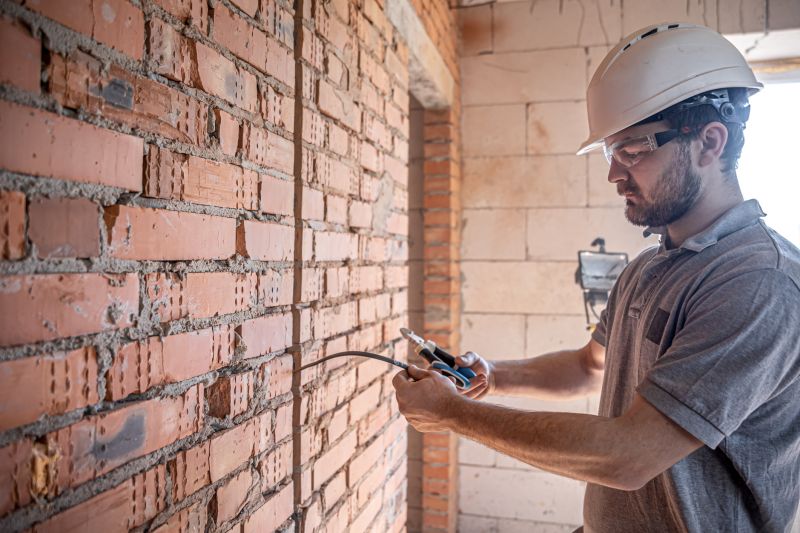
Finishes and colors that play nicely with Masonry Repairs.
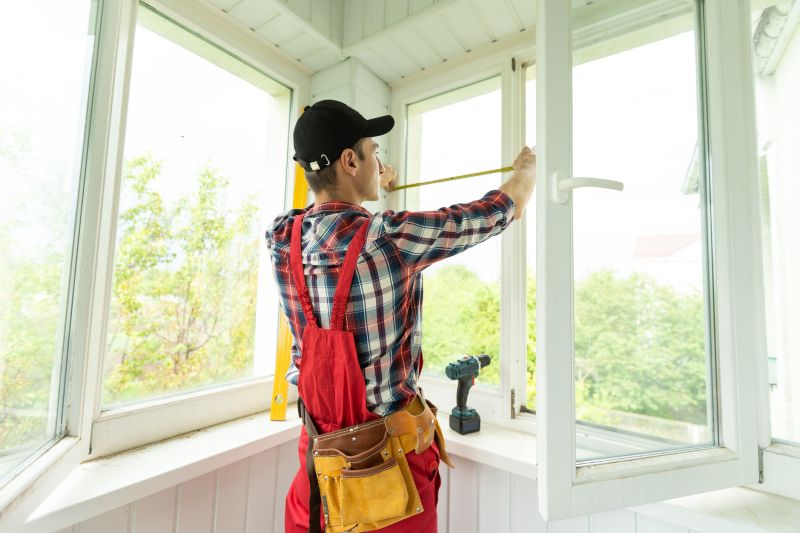
Little measurements that prevent headaches on Masonry Repairs day.
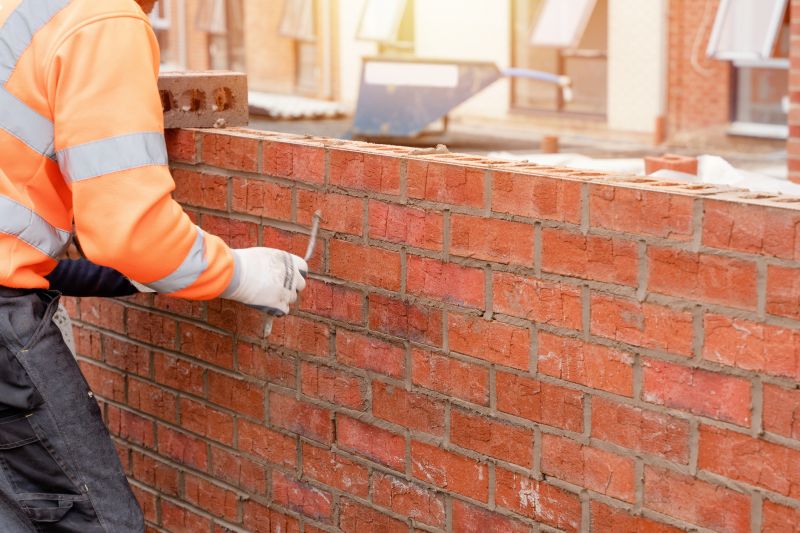
A 60-second routine that keeps Masonry Repairs looking new.
Interested in masonry repairs? Filling out the contact form can provide additional information and help schedule work during the most suitable times for optimal results.
